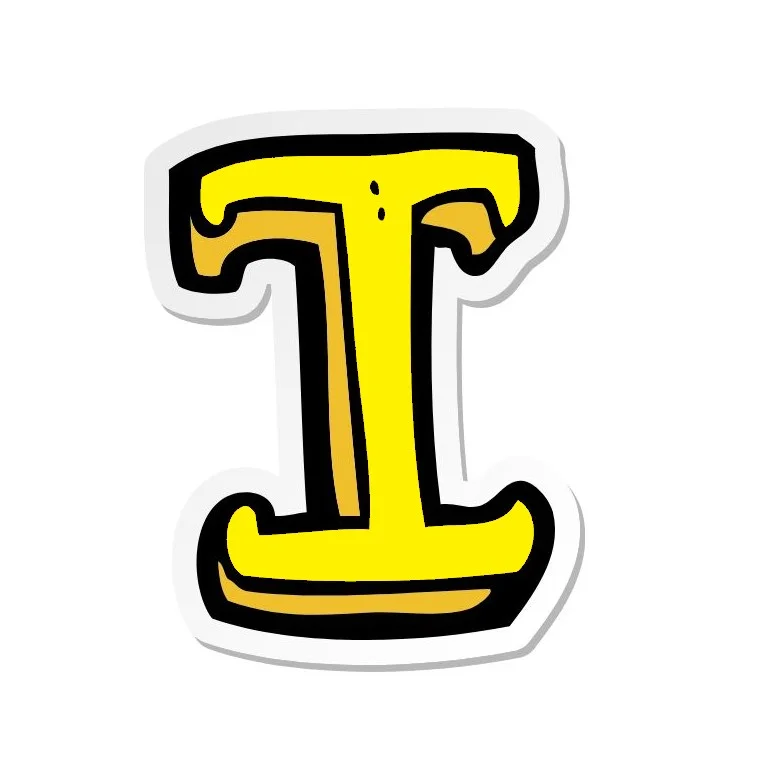
I SERIES RUBRICS FROM KENT’S REPERTORY
Dr. J.T. Kent’s Repertory of Homeopathic Materia Medica is a useful resource for practicing homeopaths. I will highlight a mind section from the “I” series.
I SERIES RUBRICS FROM KENT’S REPERTORY Read Post »

Dr. J.T. Kent’s Repertory of Homeopathic Materia Medica is a useful resource for practicing homeopaths. I will highlight a mind section from the “I” series.
I SERIES RUBRICS FROM KENT’S REPERTORY Read Post »

The Mind section of the Kent’s repertory contains rubrics or categories that relate to a patient’s mental and emotional state. Below are several significant mind rubrics from the H alphabet series, along with their corresponding highly recommended remedies.
H SERIES MIND RUBRICS FROM KENT’S REPERTORY Read Post »
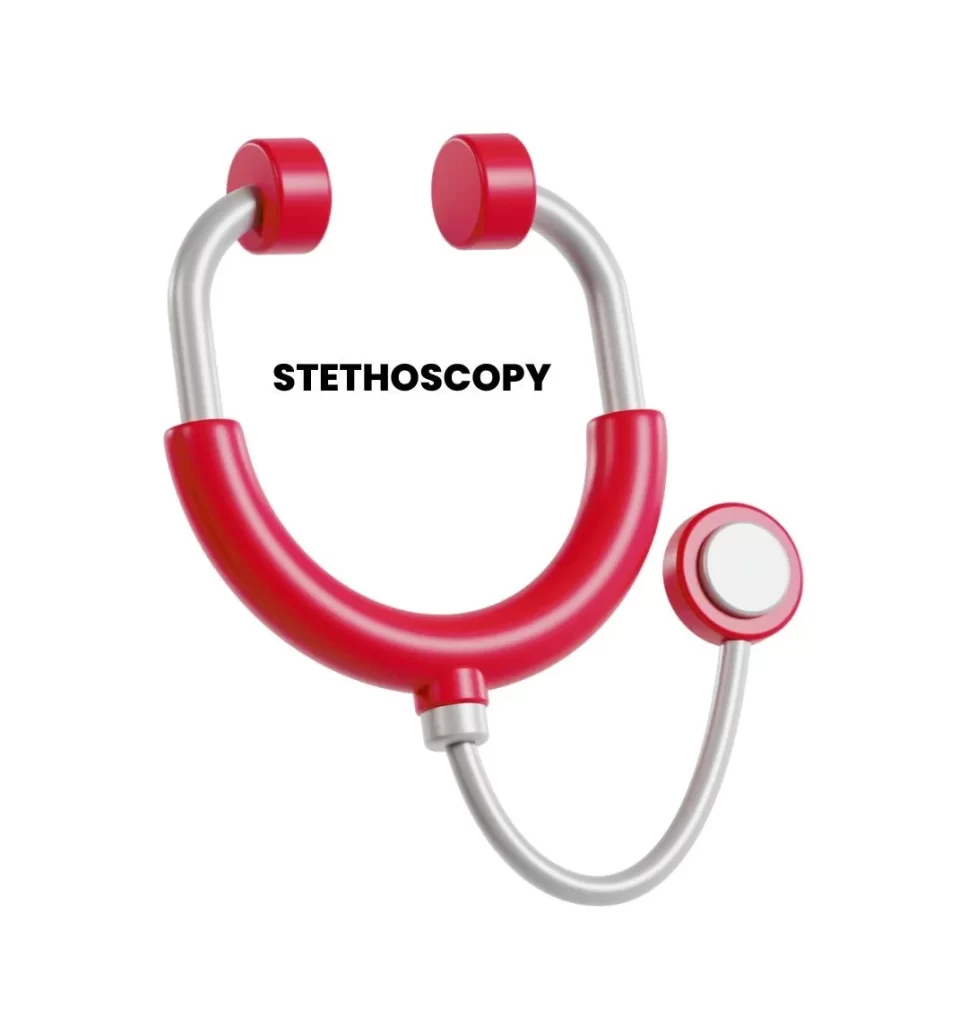
A stethoscope is a clinical instrument which is used by physicians and other health care professionals. You will be learning everything you need to know about it, what are the name of parts, how to use it, method of using and I have covered some myths and facts related to stethoscope in this post.
STETHOSCOPE | PARTS, USES, METHOD, TYPES, HOW TO BUY Read Post »

The mind rubrics in Kent’s Repertory relate to various emotional and mental states. Here are some of the key mind rubrics from G alphabet series, along with their most indicated remedies.
Dr. J.T. Kent’s Repertory of Homeopathic Materia Medica is a valuable tool for homeopathic practitioners to find the appropriate remedy for a particular patient’s symptoms.
G SERIES MIND RUBRICS FROM KENT’S REPERTORY Read Post »

Identifying the Accessory Circumstances (Aphorism 5, 94,208, F.N. of aphorism 81) of diseases play an important role in understanding the root causes of chronic diseases and treat the patient accordingly.
ACCESSORY CIRCUMSTANCES OF DISEASE Read Post »

A careful and easy interpretations of mind rubrics of F series collected from Dr. James Tyler Kent’s Repertory of the Homoeopathic Materia medica is included in this post.
F SERIES MIND RUBRICS FROM KENT’S REPERTORY Read Post »

A careful and easy interpretations of mind rubrics of E series collected from Dr. James Tyler Kent’s Repertory of the Homoeopathic Materia medica is included in this post.
E SERIES MIND RUBRICS FROM KENT’S REPERTORY Read Post »
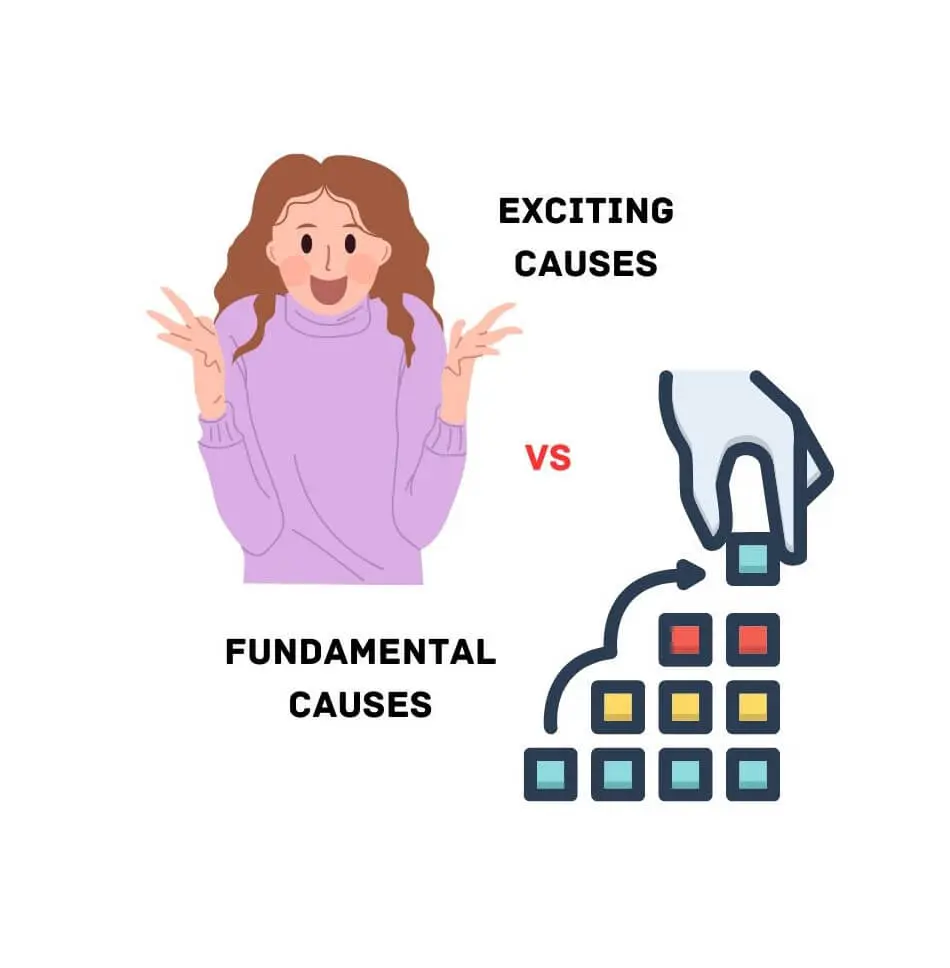
Previously I have explained Exciting causes of the disease in the post Causa occassionalis and briefed about Fundamental causes of the diseases. Here we will look for the difference between exciting causes and maintaining causes of the diseases.
DIFFERENCE BETWEEN EXCITING CAUSES AND FUNDAMENTAL CAUSES Read Post »
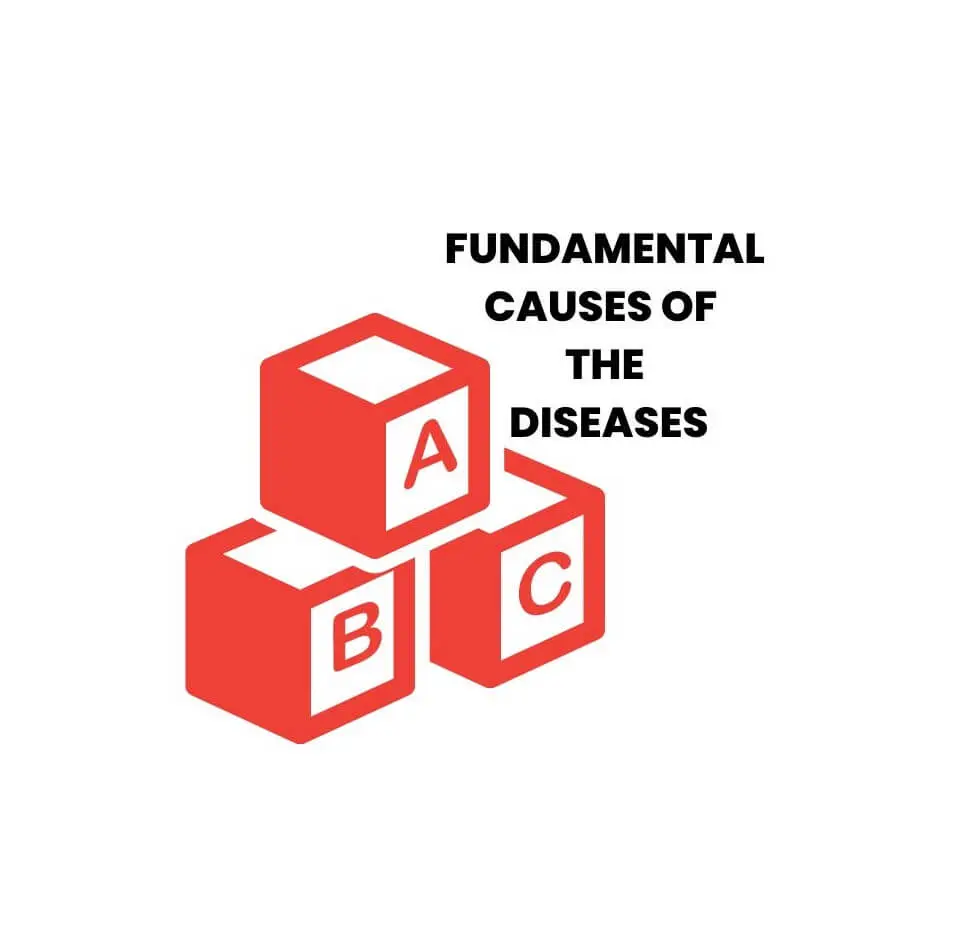
Fundamental causes of the diseases in homoeopathy are one of the most important subjects that should be understood carefully by the practicing homoeopaths.
FUNDAMENTAL CAUSES OF THE DISEASES IN HOMOEOPATHY Read Post »
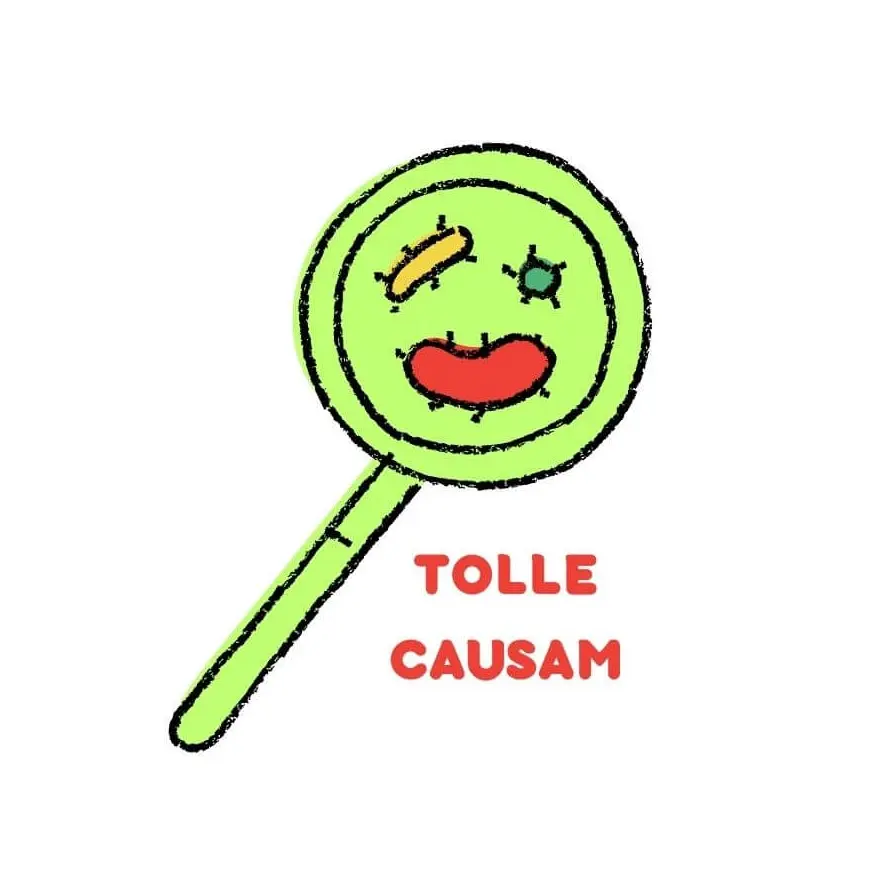
In the explanation of introduction to the 6th edition of organon of medicine Dr. Hahnemann uses this word “TOLLE CAUSAM”. This word is of Latin origin which means “Treat the cause” or “Remove the cause.”
WHAT IS TOLLE CAUSAM IN HOMOEOPATHY? Read Post »
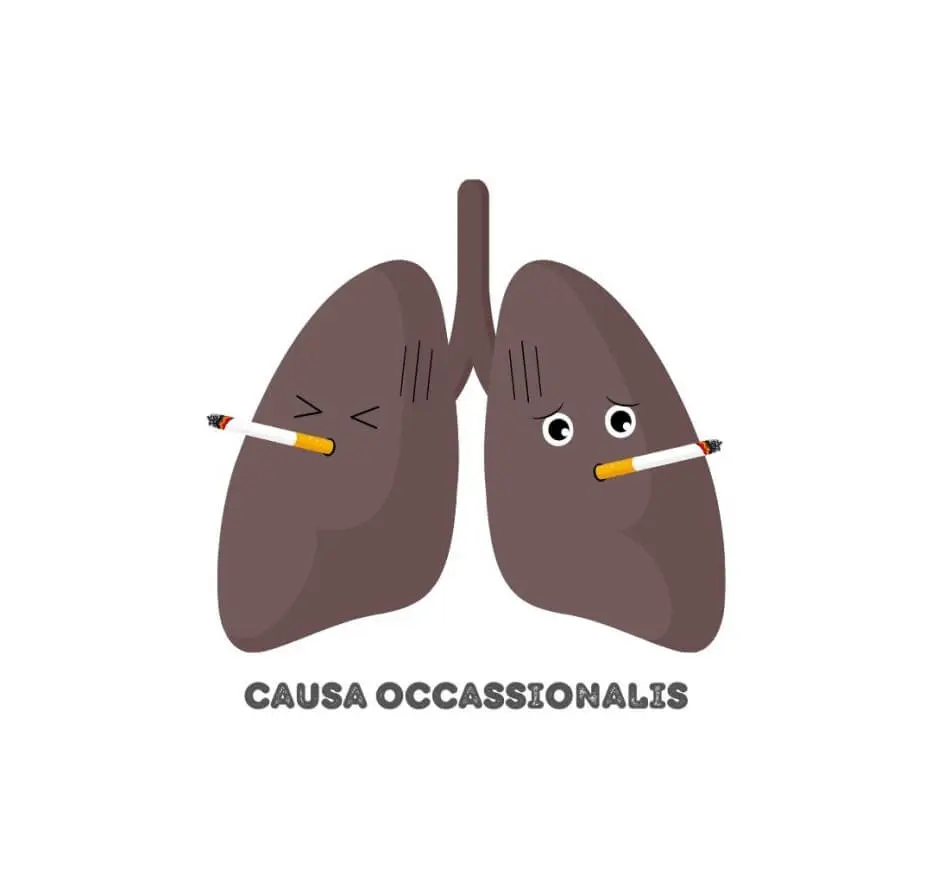
Dr. Hahnemann in aphorism 7 discusses on four interrelated concepts, out of which in this post I am going to explain about Causa Occassionalis in homoeopathy.
CAUSA OCCASSIONALIS/ APHORISM 7 IN HOMOEOPATHY Read Post »
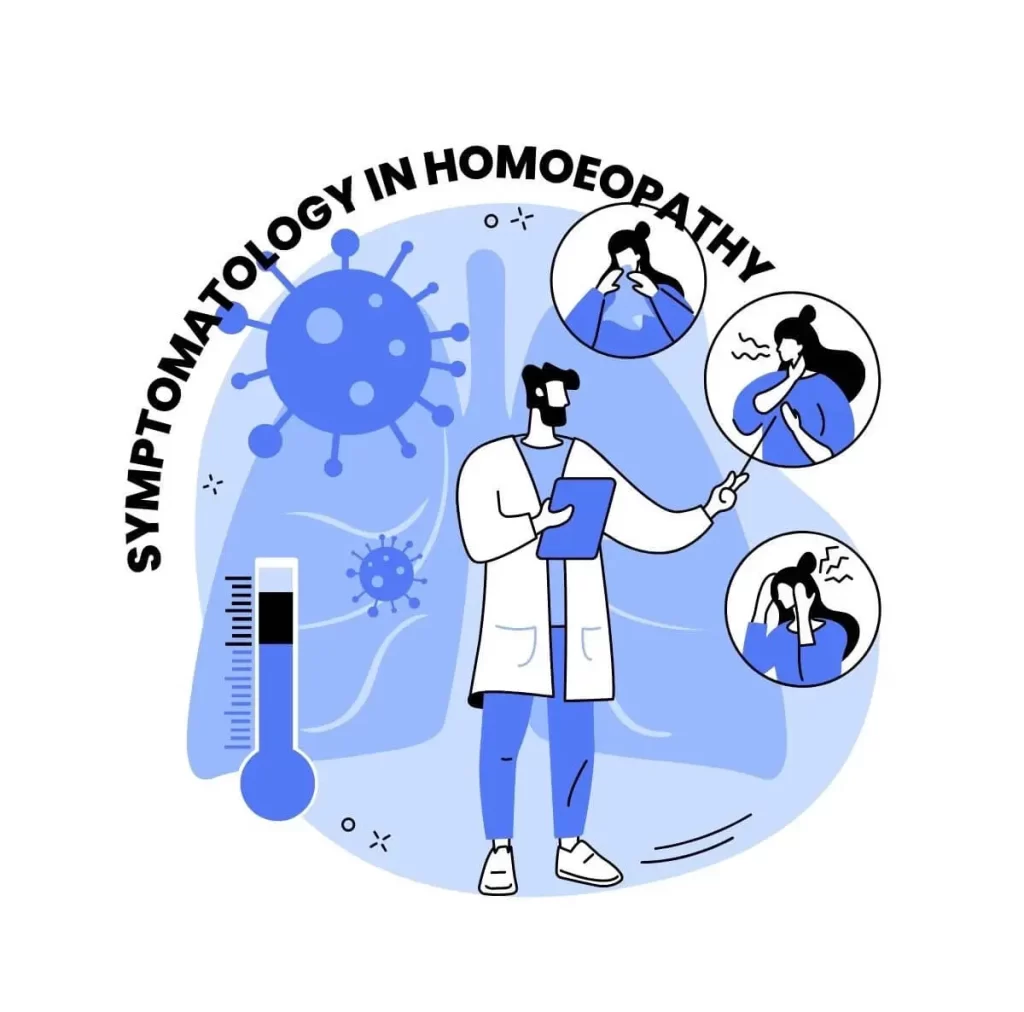
Clinical symptomatology in homoeopathy deals with the scientific study of symptoms of disease or patient himself that are collected by the medical examiner.
SYMPTOMATOLOGY IN HOMOEOPATHY Read Post »
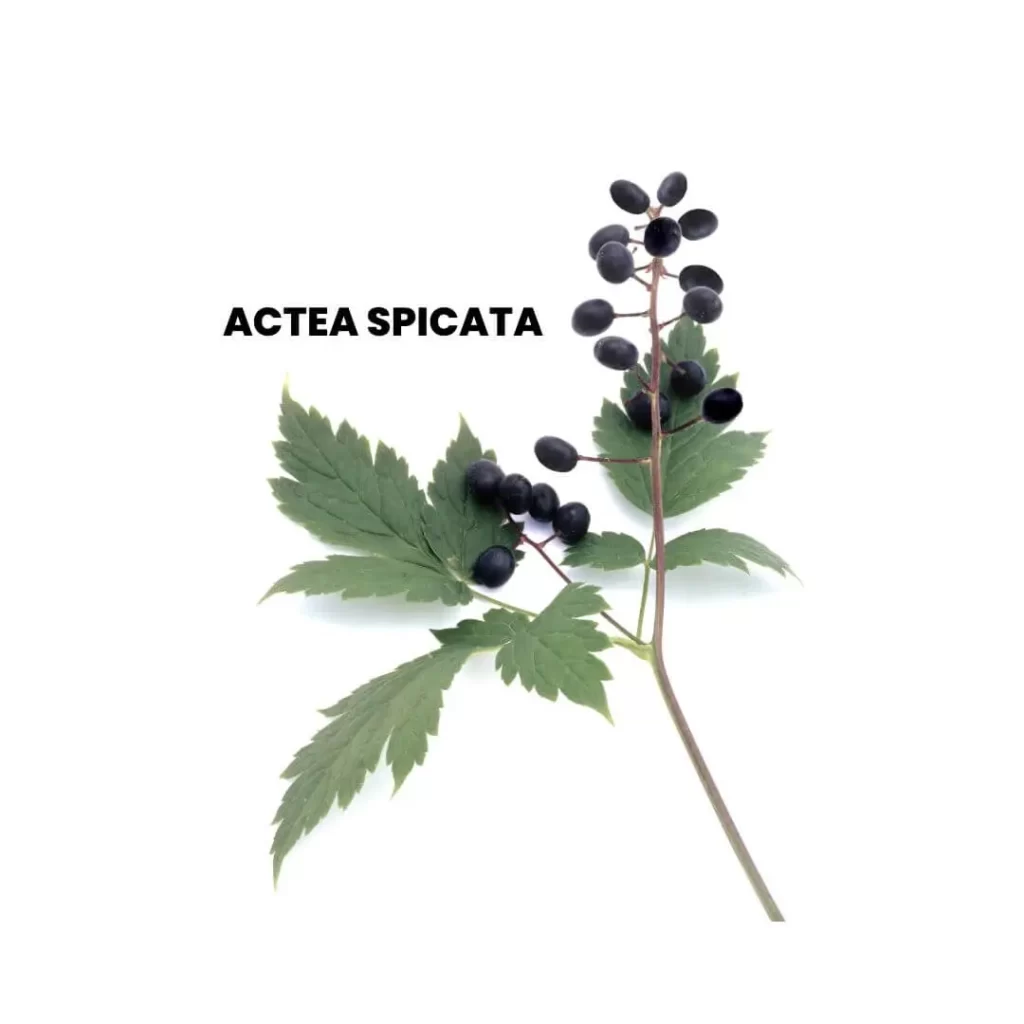
Actea Spicata is a rheumatic and gouty remedy which have special connection with smaller joints. This medicine specially suits to older aged people.
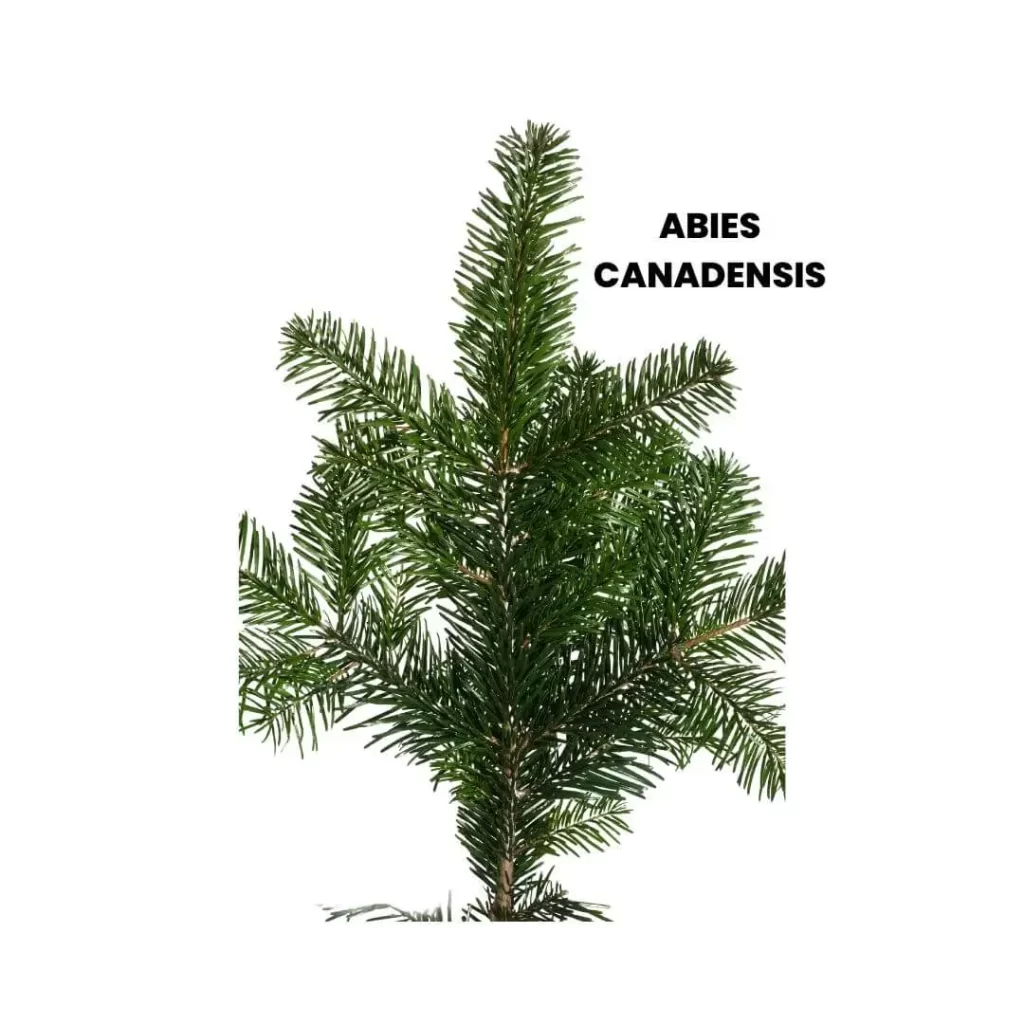
Abies canadensis is one of the notable remedies for the treatment of gastric and urinary complaints. It mainly acts upon the mucous membrane of stomach and female genital organs.
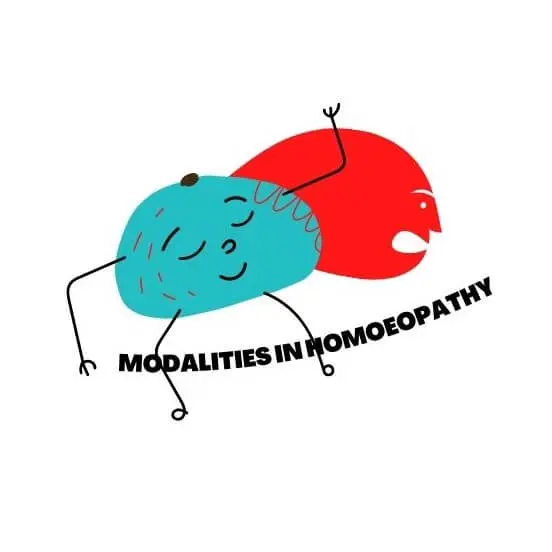
For every individual case the modalities are an important guide for the selection of remedy in homoeopathy.
It is a particular mode in which something is experienced or expressed.
MODALITIES IN HOMOEOPATHY Read Post »